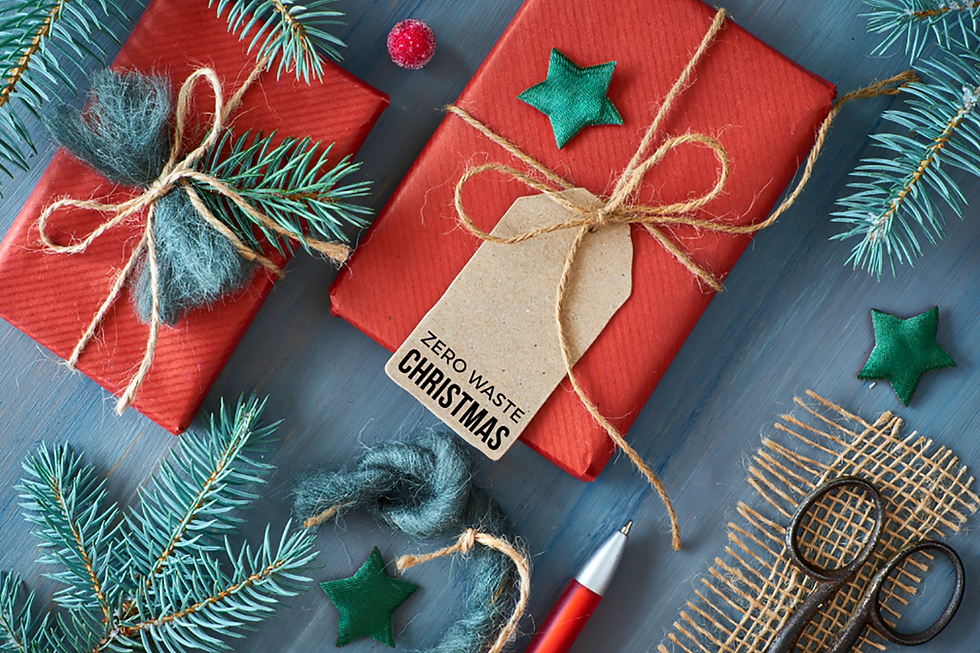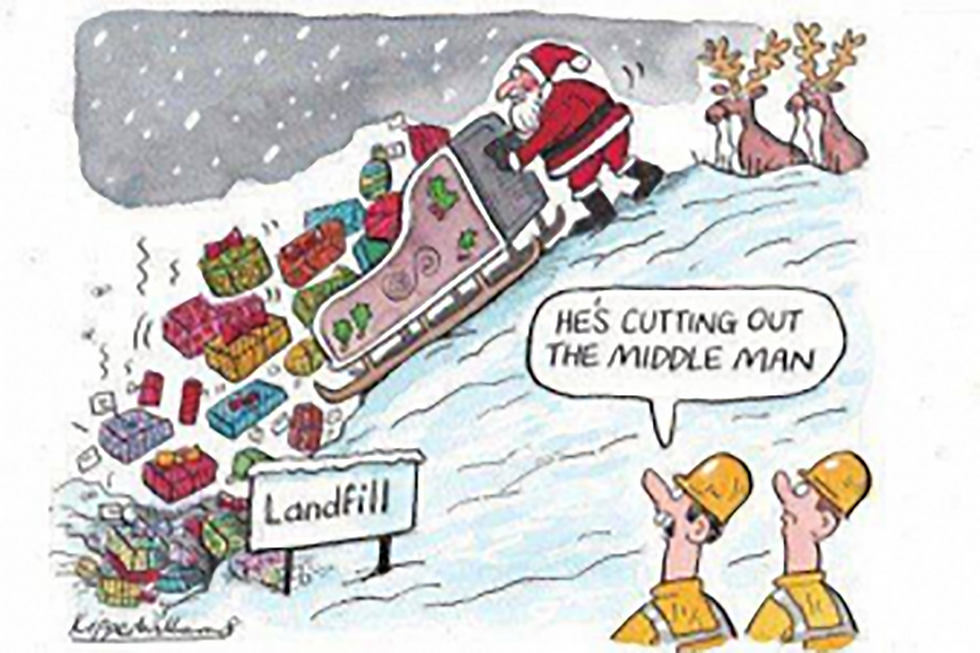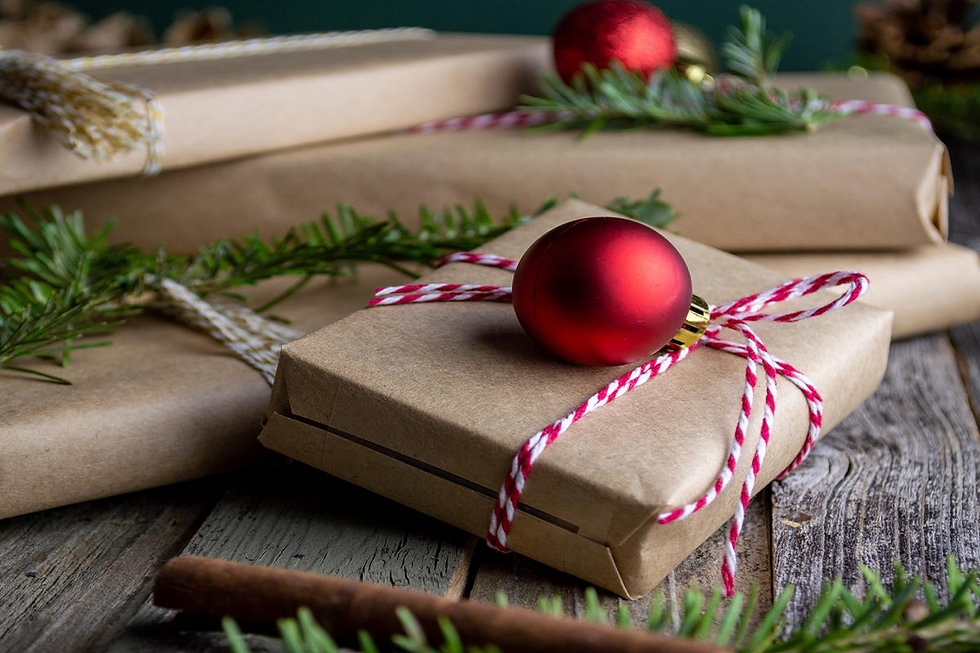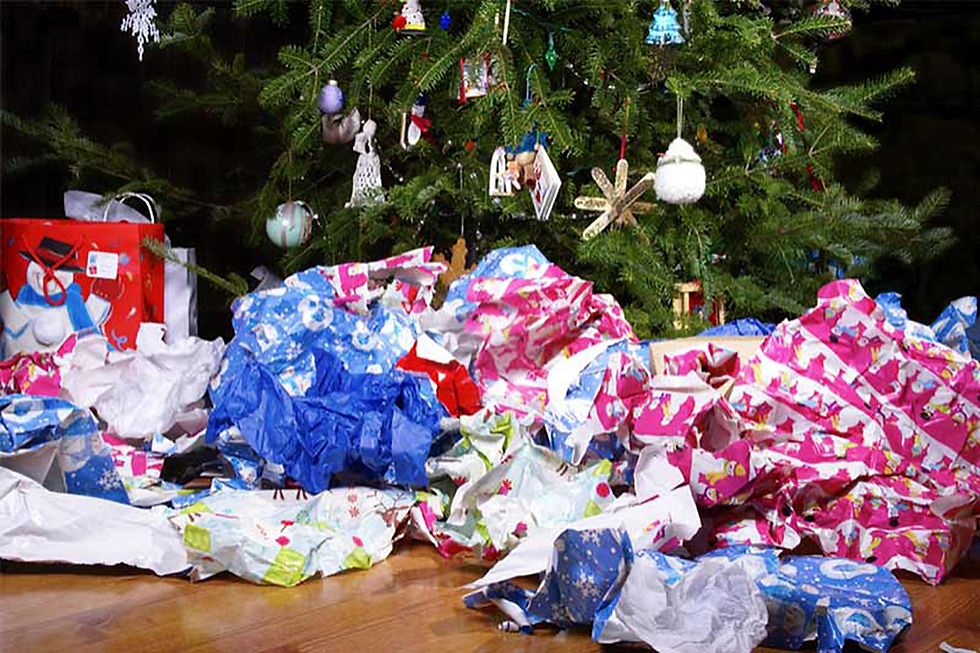‘Tis the season to be eco-friendly
https://theplasticchallenge.org/10-tips-for-a-sustainable-christmas-part-i
The holidays are a busy time of the year for consumers to shop and purchase decorations for their house and gifts for their loved ones. Additionally, ‘tis the season for higher consumption of plastic as consumers rely on single-use plastic products to wrap their gifts. A typical consumer prefers the convenience that plastic packaging provides to avoid wasting time wrapping their gifts. Plastic packaging is also a common choice for merchants to wrap and ship products, making the holidays the season we use plastic packaging the most and a dire time to communicate the severity of microplastics and plastic pollution.
https://zerowasteeurope.eu/2013/12/zero-waste-christmas-rethinking-consumption/
In the report titled, Microplastics Generated When Opening Plastic Packaging, the researchers state that microplastics are plastic fragments, fibres, debris or particles less than the size of 5mm. They derive from two sources, “either directly from industry, such as cosmetic exfoliants, or indirectly from physical, chemical and biological fragmentation of large (>5 mm) plastic residues.” A prominent concern about microplastics is the inability to collect and rid them from our waterways because the particles are tiny in size and can slip through filtration systems, littering our waterways and posing a threat to the health of our oceans and sea creatures. By limiting our dependance of plastic packaging during the holiday season, we can ensure the reduction of plastic waste.
https://www.canadiangeographic.ca/article/5-ways-cut-down-plastic-waste-holiday-season
The report continues to reveal that "microplastics can be generated by simple tasks in our daily lives such as by scissoring with scissors, tearing with hands, cutting with knives or twisting manually, to open plastics containers/bags/tapes/caps. These processes can generate about 0.46–250 microplastic/cm. This amount is dependent on the conditions such as stiffness, thickness, anisotropy, the density of plastic materials and the size of microplastics.” The research concludes that “opening plastic packages can generate microplastics in daily life, regardless of the opening approach and plastic target, although the opening approach affects the amount of microplastics generated.” The authors attest that we must be attentive to how we open plastic packaging to avoid and reduce contribution to plastic pollution.
https://www.phswastekit.co.uk/blog/posts/20-11-2018/how-much-waste-does-the-festive-season-create
This holiday season, consider some alternatives to plastic packaging:
Baskets: Gift baskets are still a fan favourite around the holiday season. Creating your own gift basket for your loved ones without any plastic materials can help limit your plastic waste while still providing an aesthetically pleasing package.
Cardboard boxes: Simple cardboard boxes without any decorative plastics are fully recyclable, and is more durable and useful than plastic packaging because you can reuse the boxes for storage or recycle them.
Reusable organic fabric bags: Natural and organic fabric bags made from sustainable materials such as hemp, organic or recycled cotton, wool, and bamboo don’t shed any microfibres when washed, ensuring no microplastic litter. Substituting plastic packaging for these materials still provides an aesthetically pleasing packaged gift while ensuring less plastic waste.
Newspaper and brown recycled paper: Newspapers and wrapping papers have one thing in common: people throw them away immediately after using them. Why not wrap your gifts in the newspaper you’re ultimately going to discard? This will provide an unconventional “vintage” look in comparison to the traditional holiday wrapping paper, but it’s what matters in under the wrapping paper that matters. To complete the minimalistic look, add a piece of string/yarn that you have lying around your house.
https://www.ariyonainterior.com/25-newspaper-gift-wrapping-ideas/
At Ocean Diagnostics, we create ocean technology to help progress the study of microplastics, while advocating for the minimization of human’s reliance on plastic products. We hope to see a future where these products have an efficient circular economy or cease to exist. This can start with our behaviours to decrease our plastic product usage this holiday season.
Follow us on Twitter and LinkedIn and subscribe to our email newsletter to receive updates on our product launches and contribution to microplastics research.





